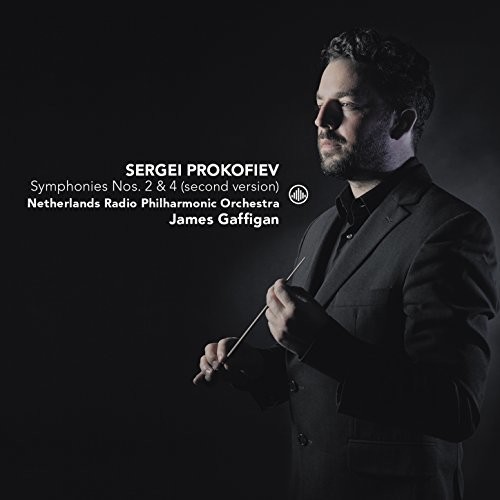Show results for
Deals
- 4K Ultra HD Sale
- Action Sale
- Alternative Rock Sale
- Anime sale
- Award Winners Sale
- Bear Family Sale
- Blu ray Sale
- Blues on Sale
- British Sale
- Classical Music Sale
- Comedy Music Sale
- Comedy Sale
- Country Sale
- Criterion Sale
- Cult Films sale
- Documentaries Sale
- Drama Sale
- Electronic Music sale
- Horror Sci fi Sale
- Kids and Family Sale
- Metal Sale
- Music Video Sale
- Musicals on Sale
- Mystery Sale
- Naxos Label Sale
- Page to Screen Sale
- Paramount Sale
- Rap and Hip Hop Sale
- Reggae Sale
- Rock
- Rock and Pop Sale
- Rock Legends
- Soul Music Sale
- TV Sale
- Vinyl on Sale
- War Films and Westerns on Sale

Symphonies 2 & 4
- (Hybrid SACD)
- Format: SACD
- Release Date: 4/13/2018

Symphonies 2 & 4
- (Hybrid SACD)
- Format: SACD
- Release Date: 4/13/2018
- Label: Challenge Classics
- UPC: 608917277920
- Item #: 2031323X
- Genre: Classical
- Release Date: 4/13/2018

Product Notes
The Dutch composer, music journalist and novelist Elmer Schonberger once described the Second Symphony as a sub-genre of a primarily psychological nature, albeit with considerable stylistic consequences: in a first symphony, a composer will more or less reflect the traditions from which he comes, and in a second he will deliberately break away from them. Prokofiev's Second, composed eight years after the First, appears to be a defiant ode to the modern era, witnessed by the layers of mechanically persistent rhythms, expressionist harmonies, ostensibly unfathomable forms and it's very expansive take on tonality. The work was premiered in Paris in 1925, conducted by Serge Koussevitsky. Prokofiev decided to revise his Fourth Symphony, Op. 47, after the successful premieres of his Fifth and Sixth Symphonies. The original four movements remained largely intact, but the changes say a great deal about his style at that point. The first alteration was to insert or expand some passages that were predominantly reflective, with a strong emphasis on melody. Another example is the attempt to align the scale more closely with what was required by Social Realism, in which the neo-classical is overlaid with a considerable dose of heroism and sometimes even bombast. The association of Op. 112 with Social Realism subsequently proved to be an obstacle to it's acceptance in the West. Once again, James Gaffigan interprets these works with incredible candor and dazzling aplomb.

